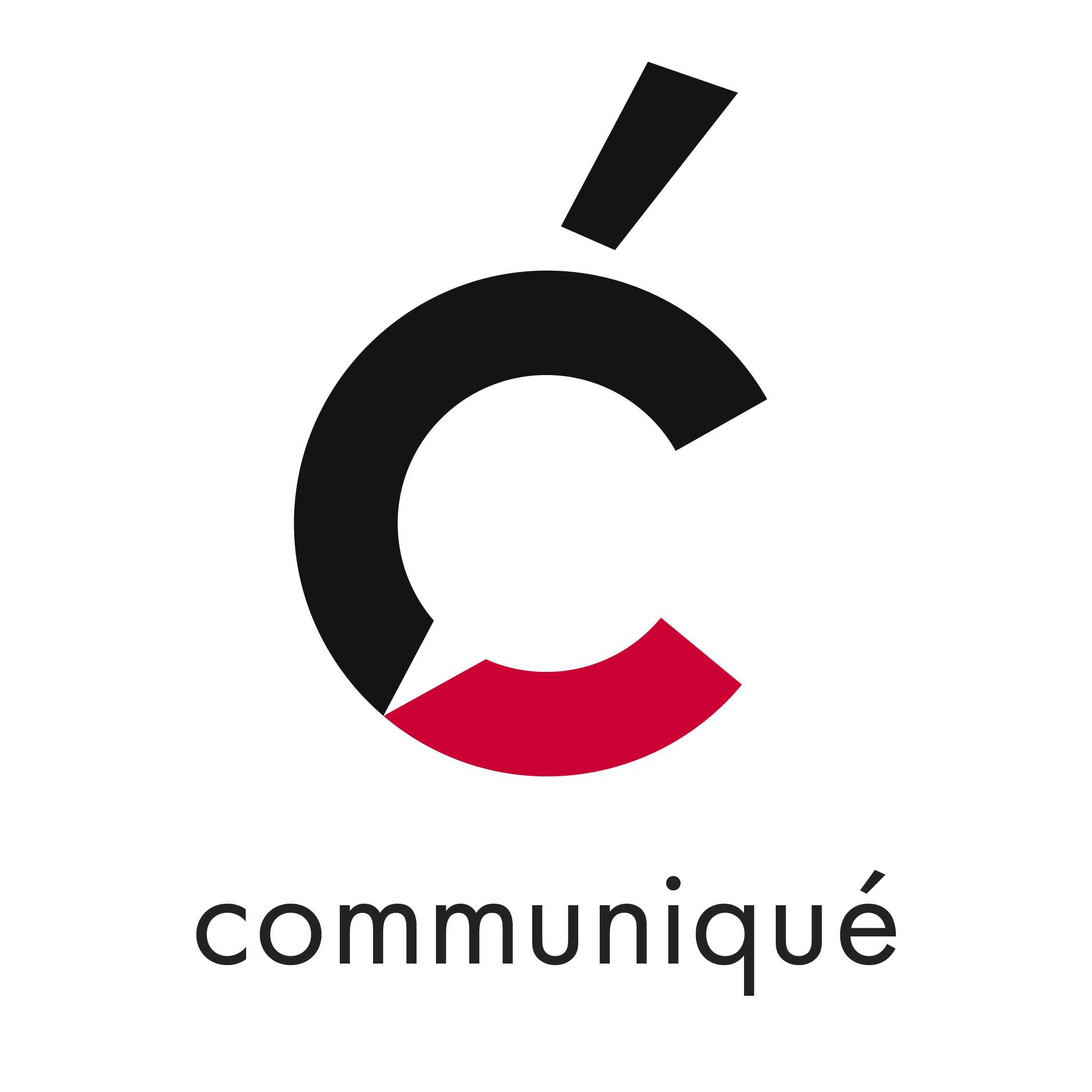
We spend hours upon hours practicing for our co-op job interviews, going over questions with our coordinators and student advisors, practicing our delivery of answers with confidence, so that we can dazzle an interviewer with our verbal wit. But is there anything else we could be doing to stand out from our competition? Is there a “next step” that we could take to make it even easier for the interviewer to choose us over everyone else?
Well, in addition to doing research about the company and job role, as well as preparing great answers, portfolios of work and achievements are becoming an increasingly important part of the interview process. We all know that providing examples of past experiences when answering interview questions is a great way to “paint the picture” for an interviewer, but just imagine how much clearer and detailed that picture would be if we used concrete examples, pulled directly from our portfolio right there on the spot.
“But what if I have never done a work term?” you ask. Not to worry, as your coordinators have probably told you, think of yourself not as a job title (e.g. “student”), but as a “portable” skill set. Many of the skills and experiences you have accumulated up to this point are most likely from in-class work and are certainly transferable to an on-the-job situation. Pull your best projects and assignments to highlight in your portfolio. Have you taken CMNS 200? If so, include the press releases and backgrounders you wrote. What about CMNS 375? Include the layout and design or the advertising market analysis you completed.
At this point, you might be thinking about creating your own portfolio and wondering about how best to highlight your achievements. There are several different ways to show employers that you have the skills and experience to succeed on the job and the following are just two methods that you might want to consider:
Print Portfolio:
-
Gather all your printed documents, including originals of brochures, writing samples, design work, reports, or other relevant pieces.
-
Decide on an organized and functional way to display your documents. Some options include three-ring binders with tabs, or for larger printed items, an artist’s portfolio book might be a better option.
-
Be sure to include small descriptions alongside each printed original. This helps to give context to when, why and how you completed the work.
Electronic Portfolio:
-
Gather all electronic versions of your documents and be sure that they are in a universally readable file format (e.g. PDF).
-
Create a “blueprint” of the information or artifacts you will include on your website and how these pieces will be organized (e.g. resume, work experience, projects, technical skills, contact information).
-
Create a website that reflects you and upload your documents. Be sure to review it and make sure all your links work properly by having a friend test them as well.
-
Be sure to promote your website when networking with others by including a link on your resume, business cards or e-mail signature.
Of course, these steps are only a brief outline of how you can get started on creating your own perfect portfolio. As with your resume, your portfolio is a constantly evolving tool that will change each time you finish a class, work term or volunteer activity and come away with another great piece to add to your “portable skill set.”
Originally published in Communique, the Communication Co-op Newsletter.
Beyond the Blog
-
Check out the series Portfolio 101 for more information on how to build your portfolio!














